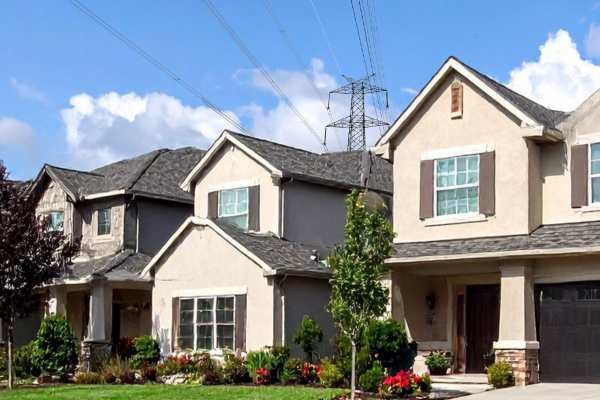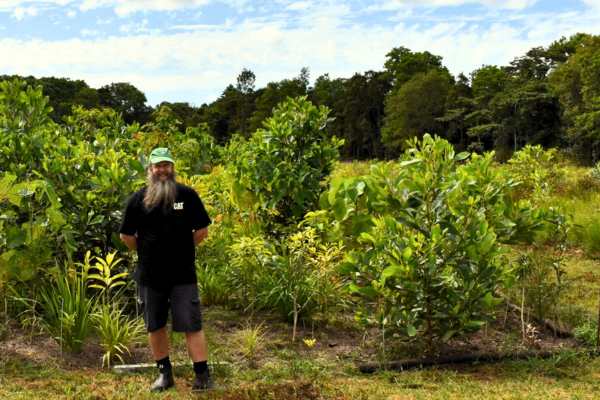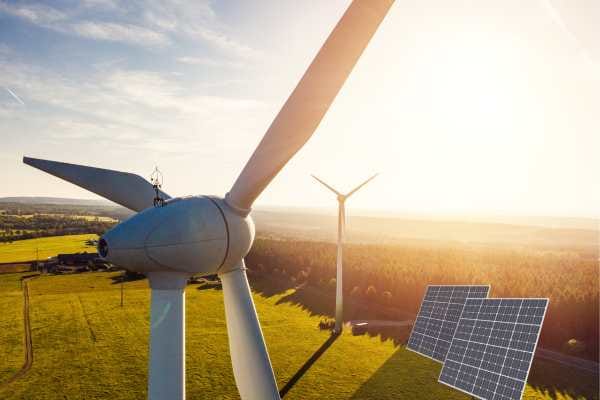Crossroads for climate skills
Climate change is rewriting the job description for Australia's future workforce. We explore these changes and what’s standing in their way.

Australia stands at a pivotal moment as the race to slash carbon emissions reshapes jobs, education, and the skills powering the future.
From solar and wind farms to battery systems, buildings, transport and science, the shift to net zero will demand a major overhaul of Australia’s talent pool, industry experts say.
The World Economic Forum’s Future of Jobs Report 2025 finds climate-change mitigation is among the top three drivers set to reshape the global labour market by 2030, with climate adaptation ranking sixth.
Based on input from more than 1,000 major global employers, the report names renewable energy engineers, environmental engineers and electric/autonomous vehicle specialists as among the 15 fastest-growing jobs. Meanwhile, environmental stewardship has entered the report’s list of top 10 fastest-growing skills for the first time.
Significantly, skill gaps were named as the greatest barrier to business transformation, with 63% of employers identifying them as a major challenge for the 2025–2030 period.
“As countries seek to meet climate goals, questions arise regarding whether their workforces are equipped with the necessary skills to meet the demands of a net-zero future,” the report said.
“To fully capitalise on opportunities created by the green transition and harness them in a way that is fair and inclusive, prioritising green skilling is essential.”
Falling short
These concerns are echoed by key Australian trade, infrastructure and science bodies. To build the clean energy future Australia is aiming for, they warn, the workforce needs a fundamental reset.
The Powering Skills Organisation (PSO), in its 2025 Workforce Plan released in August, said that without further investment in training and upskilling, Australia will fall short of workforce demands in renewables and green manufacturing.
Its analysis shows an extra 42,000 energy trades workers will be needed by 2030, requiring a 40% boost in the energy apprentice pipeline “to help reach our highest Net Zero ambitions”.
“The Net Zero transition is one of the largest changes to our global and national economy since the Industrial Revolution,” PSO CEO Anthea Middleton wrote.
“Chief amongst its impacts will be a profound reshaping of the labour and training market for energy trades in this country and across the world.”
Building blocks
Australia will also need 200,000 skilled infrastructure workers – up from 130,000 today – to hit its emissions targets, according to the recent Delivering Net Zero Infrastructure: Workforce Report by Infrastructure Australia.
Infrastructure Australia CEO Adam Copp said reducing emissions hinged on the strength of the Infrastructure Net Zero Workforce – currently 130,000 workers across 36 occupations including construction managers, engineers, architects and trades.
“While this includes a little over half of the workforce currently engaged in the delivery of the nation’s major public infrastructure pipeline, more can be done to engage the rest, so we have workers right across the project lifecycle with the skills to drive the decarbonisation of infrastructure projects,” Copp said.
Jonathan Cartledge, Chair of Infrastructure Net Zero and CEO of Consult Australia, added: “The race to net zero infrastructure is also a race for skills. For the first time we have a clear picture of the workforce it will take, and this report sets out a pathway for industry and government to ensure we have the people to design and build that net zero future.”
Under the microscope
The Australian Academy of Science has also released a report assessing Australia’s science capability. Australian Science, Australia’s Future mapped scientific strengths and gaps across three challenge areas: technological transformation, demographic change, and climate change, decarbonisation and environment.
Professor Ian Chubb AC, Chair of the report’s advisory panel, said the work was both a national capability stocktake and a warning.
“Since 1945, three-quarters of all global economic growth has been driven by technological advance, and since 1990, ninety per cent of that advance has been rooted in fundamental science,” Chubb said.
“And yet, after decades of declining investment, Australia is facing a collapsing pipeline of STEM skills in the community and workforce essential for the nation’s future.”
PSO’s Middleton summarised the challenge ahead: “We have a once-in-a-generation opportunity to prepare our labour and training markets for a fundamentally different future.
“If we get workforce planning right now, we can deliver a just transition that provides safe, stable and highly skilled careers for Australians while helping the world address climate change.
“The challenge now is to remove the bottlenecks and ensure people can access the training and support they need to succeed.”
In part two we take a closer look at the programs aiming to clear roadblocks and drive the transition forward. Read it below.







